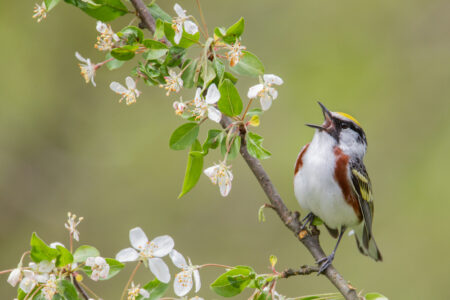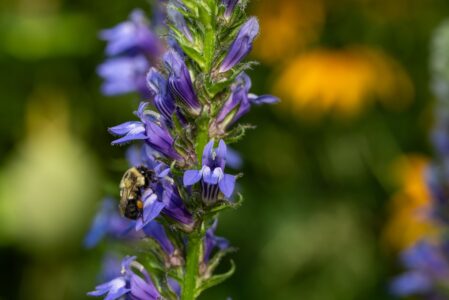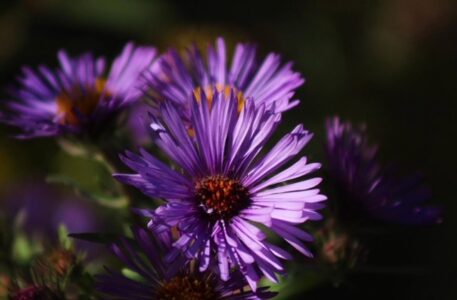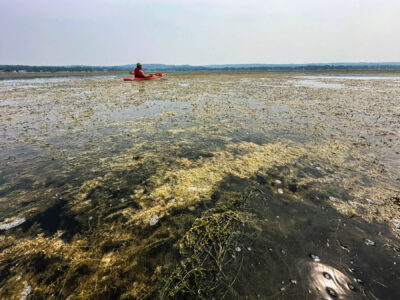The Shifting State Of Chautauqua Lake
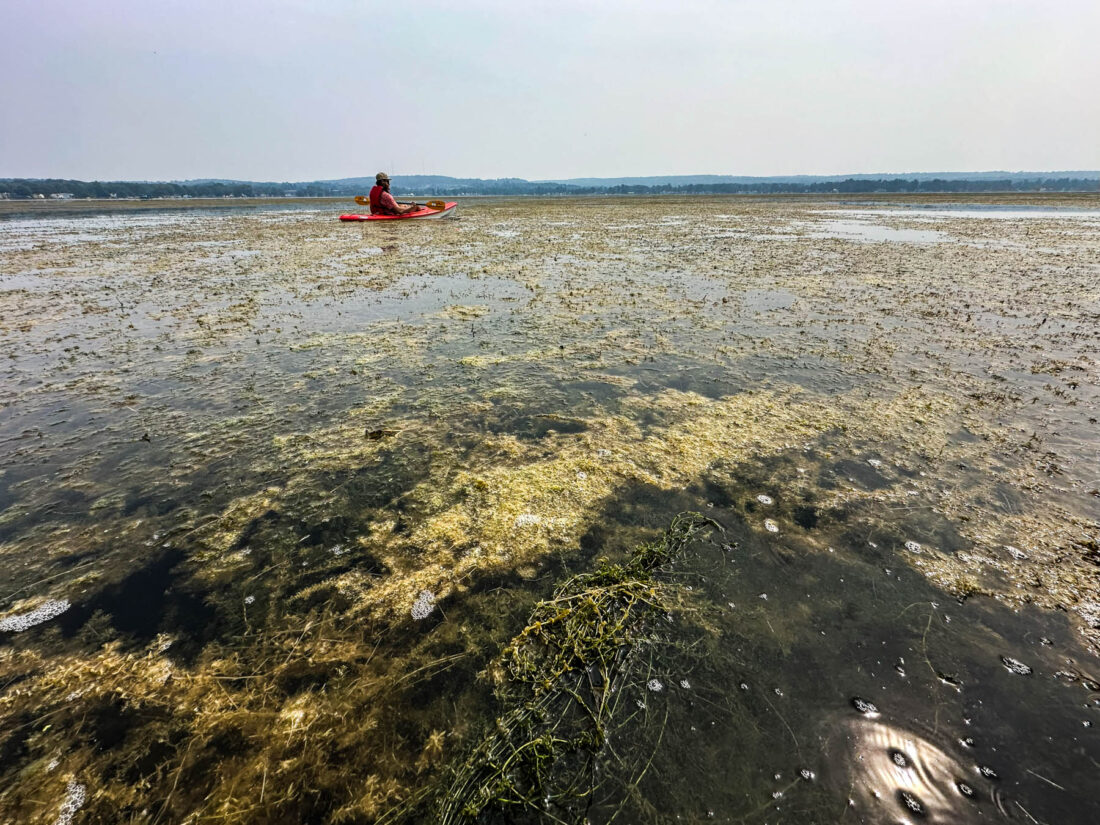
The unexpected growth of large amounts of native pondweed species in the south basin of Chautauqua Lake this summer is triggered by a combination of many factors. Photo by Twan Leenders
Anyone familiar with Chautauqua Lake knows that no two years are exactly alike. Conditions can shift dramatically depending on weather, water levels, and activities across the surrounding watershed. While some trends play out slowly, localized issues like algal blooms, plant overgrowth, or fish kills can appear and disappear quickly. What drives these shifts? And how do year-to-year variations in these factors influence the Lake today?
A LAKE OF TWO HALVES
Chautauqua Lake is divided into two distinct basins – north and south – each with unique characteristics in depth, water flow, and biological activity. These differences date back over 10,000 years, when glaciers carved the lakebed and left behind features that still influence how water moves and life thrives in each basin.
SOURCES OF WATER
The lake’s water comes from a combination of rainfall, snowmelt, groundwater, and 11 tributaries that drain a 13,156-acre (20.5 square-mile) watershed. Roughly 78% of its water arrives through surface runoff or stream inflow. In recent years, lower winter snowfall (like in 2023 and 2024) has meant Chautauqua Lake started the season with less water, prompting earlier Warner Dam adjustments.
MANAGING LAKE LEVELS
The Warner Dam in downtown Jamestown plays a crucial role in regulating water levels, especially from May through October. The goal is to maintain an elevation around 1,308.2 feet above sea level. In dry periods, the Dam may be closed to conserve water. Ahead of major storms, it can be opened to prevent flooding. During dry, hot spells in summer, more water evaporates from the lake surface than gets replenished by springs and tributaries. Rainfall patterns strongly influence lake depth throughout spring and summer.
WHY LOW WATER MATTERS
When lake levels drop, sunlight can reach deeper into the water, warming it and encouraging aquatic plants and algae to grow. Meanwhile, heavy rainstorms send sediment, nutrients, and pollutants from all over the watershed rushing into the Lake, especially in areas where natural buffers have been lost.
A CHANGING
WATERSHED
The landscape surrounding Chautauqua Lake has changed drastically over time. Abundant forests and wetlands once filtered water and slowed erosion. Today, paved surfaces and lawns accelerate runoff and pollution. Without functioning wetlands and vegetated buffers, stormwater now reaches the Lake more quickly and unfiltered.
CHANGING WEATHER PATTERNS
Climate change is contributing to changing local weather patterns, causing stronger storms and less snowfall, both of which impact lake health. This year’s intense rains helped maintain lake levels but also delivered large pulses of sediment, pollutants, and nutrients that fed aquatic plants and fueled algae blooms.
CLEAN WATERS FLOW FROM HEALTHY WATERSHEDS
Chautauqua Lake is the endpoint of its watershed – it receives everything that runs off the land. Once water quality problems reach the lake, they’re difficult to reverse. Long-term improvements start upstream – by restoring forests, rebuilding wetlands, and reducing runoff from developed areas.
PROTECTING THE LAKE’S FUTURE
We can’t control the weather, but we can manage how it affects our local environment. Smart in-lake management (both short-term and long-term) must be paired with upstream solutions if we want to preserve Chautauqua Lake for recreation, wildlife, and future generations.
Chautauqua Watershed Conservancy is a not-for-profit organization with a mission to preserve and enhance the quality, scenic beauty, and ecological health of the Chautauqua region’s lands and waters for our community. For more information, visit chautauquawatershed.org and follow us on Facebook and Instagram.


